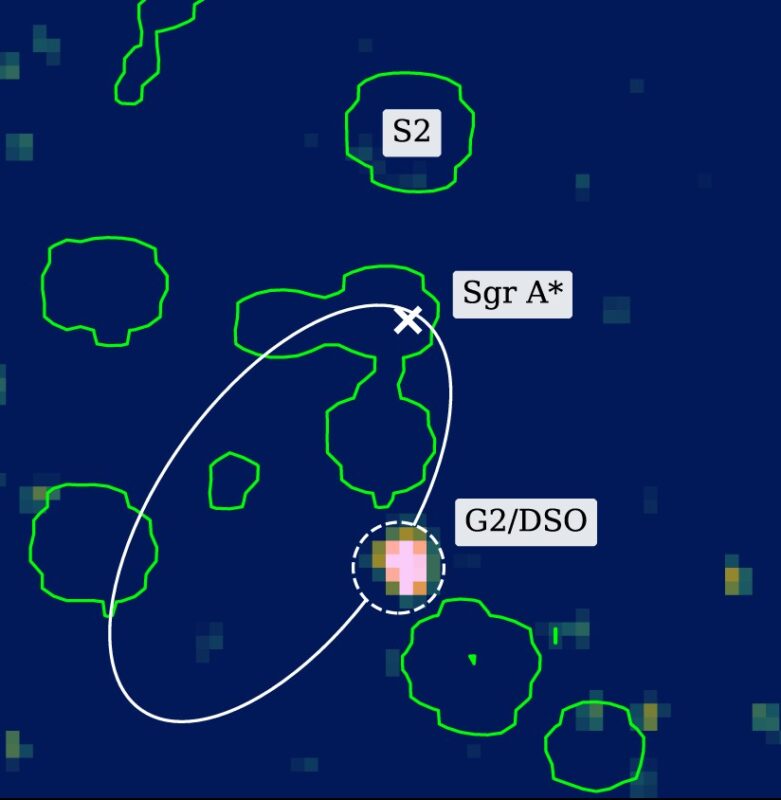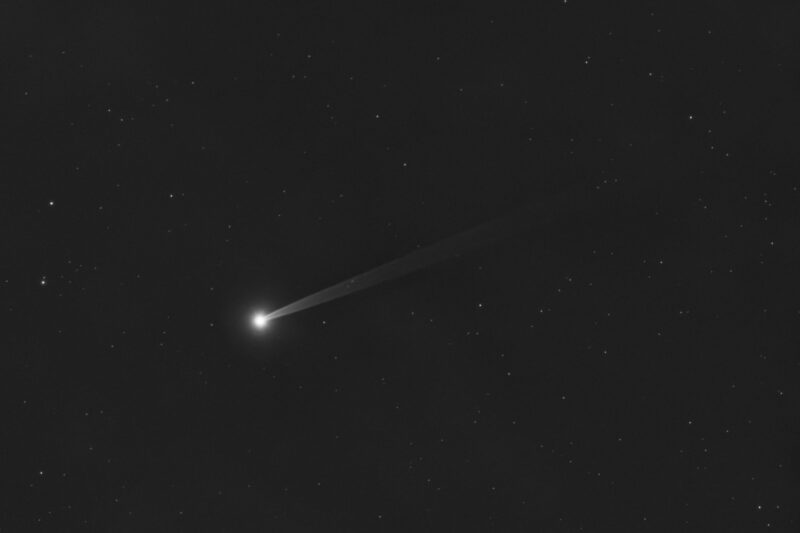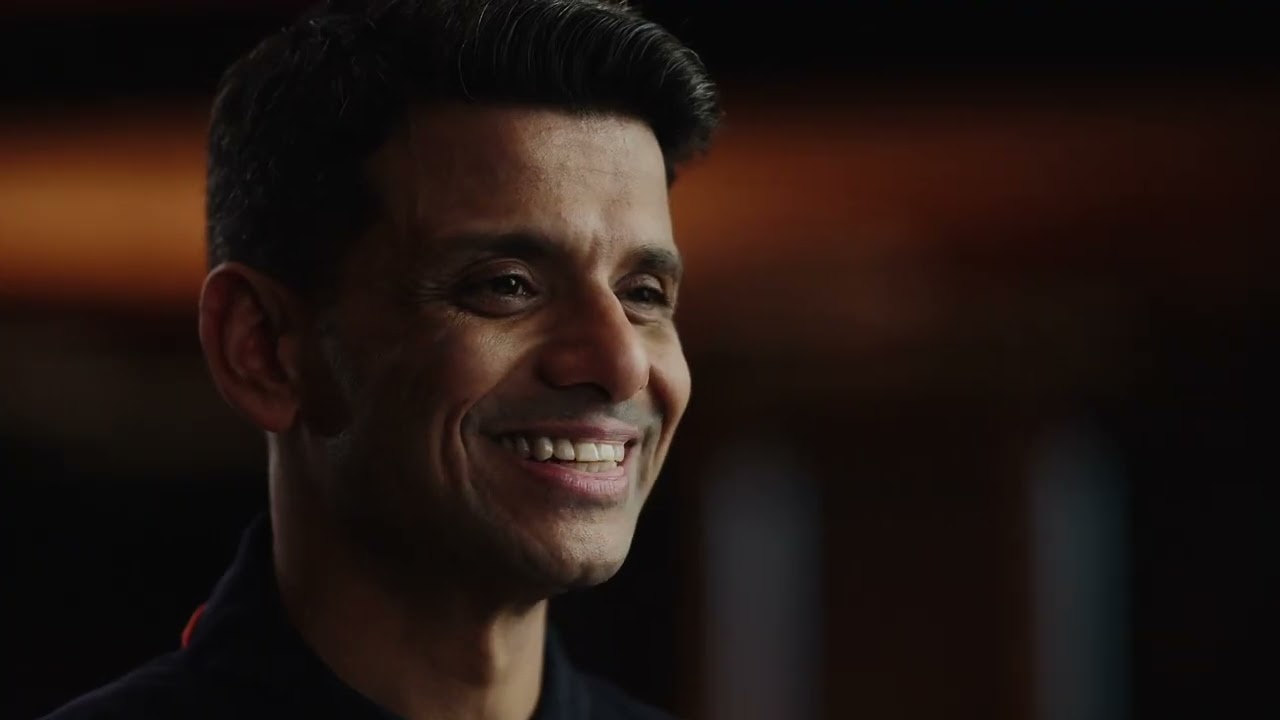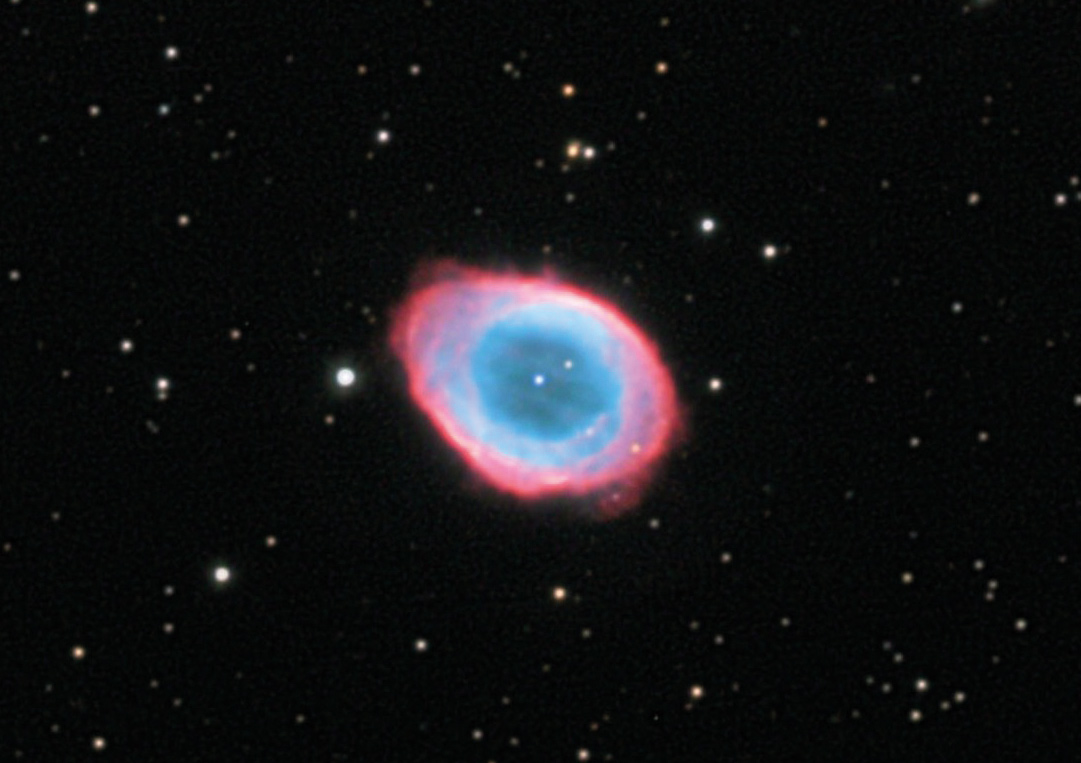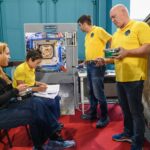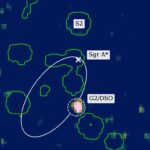Now Reading: Millions of new solar system objects, now in technicolor!
-
01
Millions of new solar system objects, now in technicolor!
Millions of new solar system objects, now in technicolor!
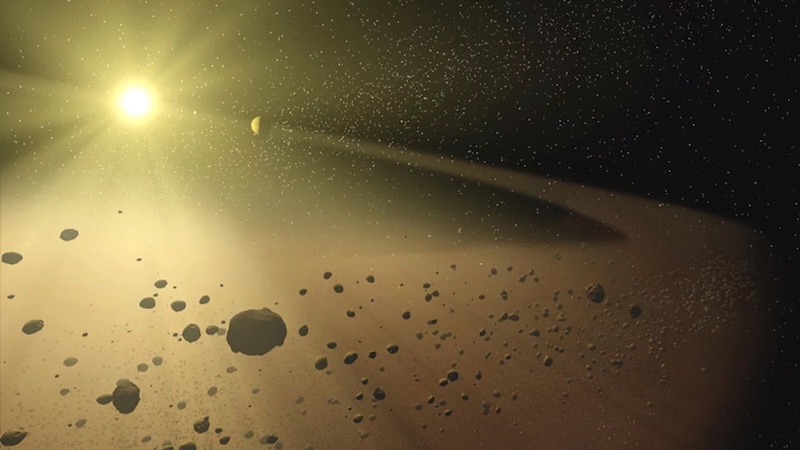
This video depicts a simulation of millions of small solar system objects that astronomers said the Vera C. Rubin Observatory will discover in the next 10 years. Video via Jake Andrew Kurlander/ YouTube.
- There are millions of small bodies in the solar system, including asteroids, comets and other minor planets. But there are still many more waiting to be discovered.
- Astronomers used new simulator software called Sorcha to predict that the upcoming Vera C. Rubin Observatory will discover millions of new small solar system objects. And it will observe them in full color, unlike previous surveys.
- Rubin will observe our solar system and cosmos for 10 years. It will create a new time-lapse “movie” of the universe.
Millions of new small solar system objects
Our solar system is filled with millions of objects, from planets and moons to asteroids and comets. And now astronomers are poised to find millions more. An international team of researchers, led by Queen’s University Belfast in Ireland, have completed a new study showing that the upcoming Vera C. Rubin Observatory in Chile is predicted to reveal millions more small asteroids, comets and other minor planets. The researchers said on June 4, 2025, that Rubin will revolutionize our knowledge about our solar system’s small bodies.
Rubin will spend the next 10 years observing the Southern Hemisphere’s night sky, producing the Legacy Survey of Space and Time (LSST). The LSST will consist of a time-lapse “movie” of the cosmos. It will also create a dataset that astronomers can use to map the solar system, in new technicolor. As well as objects in our solar system, Rubin will observe pulsating stars and supernova explosions and delve into the mysteries of dark energy and dark matter.
Vera C. Rubin is a new observatory under construction on the Cerro Pachón ridge in northern Chile. It is scheduled to begin observations later this year. It includes the fastest-moving telescope, equipped with the world’s largest digital camera with a resolution of 3.2 gigapixels. In fact, a single image from the telescope covers a patch of sky about 45 times the area of the full moon.
In addition, the team also created Sorcha, an innovative new open-source software that the astronomers will use to predict what discoveries Rubin will likely make.
The research team has written a series of new peer-reviewed papers, which have been accepted for publication in The Astronomical Journal. You can read the preprint versions, submitted to arXiv on June 2 and June 3, 2025, here, here, here and here.
Millions of new solar system objects to be found and 'filmed in technicolor' — studies predict www.washington.edu/news/2025/06… ? ?
— Meg Schwamb (@megschwamb.bsky.social) 2025-06-04T09:17:29.291Z
An international team led by @megschwamb.bsky.social has forecast some of astonishing numbers of objects that @vrubinobs.bsky.social will map. Meet 'Sorcha' – new open source software created by the team to predict which small bodies will be discovered by Rubin. Find out more at sorcha.space ?
New asteroids, comets and minor planets
Astronomers expect the Rubin observatory will discover millions of new small bodies in the solar system. These include asteroids, comets and other minor planets. Overall, these are the numbers predicted:
- 127,000 near-Earth objects. Those are asteroids and comets that come close to, or intersect with, Earth’s orbit. Currently, about 38,000 are known. Rubin can help astronomers detect more than 70% of potentially hazardous bodies larger than 460 feet (140 meters) that might pose a danger to Earth.
- More than 5 million main-belt asteroids. We already know of about 1.4 million bodies in the main asteroid belt between Mars and Jupiter. Now, Rubin will find many more and obtain precise color and rotation data for about one in three of them.
- 109,000 Jupiter Trojans. Those are bodies that share Jupiter’s orbit, clustered ahead of and behind the planet at stable Lagrange points. Objects at Lagrange points remain in stable positions. Soon, Rubin will increase the number of known Trojans seven-fold.
- 37,000 trans-Neptunian objects. These objects are way out in the distant Kuiper Belt, where Pluto resides. Rubin will find 10 times as many as astronomers currently know about.
- 1,500-2,000 Centaurs. These are a bit closer, in the middle of the solar system. They are on short-lived orbits that cross the orbits of the giant planets. Eventually, most of them will be ejected from the solar system entirely. A few, however, will become comets.
Meg Schwamb, at Queen’s University Belfast, led the new study. She said:
Our knowledge of what objects fill Earth’s solar system is about to expand exponentially and rapidly.

Small solar system objects, now in technicolor!
You might remember the phrase “now in technicolor!” That was when television began the transition from black and white to color. Rubin will see the small solar system objects in “new” color too. Previous solar system surveys have typically used just one-color filter. But Rubin will use multiple color filters.
Co-author Joe Murtagh, also at Queen’s University Belfast, said:
With the LSST catalog of solar system objects, our work shows that it will be like going from black-and-white television to brilliant color.

Simulating the solar system with Sorcha
Sorcha is a new simulator using open-source software that the researchers developed for LSST. Using Rubin’s planned observing schedule, it applies assumptions on how Rubin observes. It can then detect astronomical sources in its images to determine the best model of what the solar system and its small bodies look like today. As Schwamb explained:
Accurate simulation software like Sorcha is critical. It tells us what Rubin will discover and lets us know how to interpret it.
Co-author Siegfried Eggl at the University of Illinois Urbana-Champaign added:
Only by debiasing LSST’s complex observing pattern can we turn raw detections into a true reflection of the solar system’s history; where the planets formed, and how they migrated over billions of years. Sorcha is a game changer in that respect.
Since the Sorcha code is open source, you can use it, too. The website also includes simulated catalogs, animations and pre-prints of the published papers.

Finding the missing pieces of the solar system
Rubin will vastly increase our knowledge of the smaller members of our solar system and how they formed. As Jake Kurlander at the University of Washington, who led one of the prediction studies, noted:
This is what makes Rubin unique: it scans the sky comprehensively and quickly. It took 225 years to detect the first 1.5 million asteroids; we show that Rubin will double that in less than a year.
Mario Juric, also at the University of Washington, said:
Rubin Observatory’s LSST is our once-in-a-generation chance to fill in the missing pieces of our solar system. Our simulations predict that Rubin will expand known small-body populations by factors of 4–9x, delivering an unprecedented trove of orbits, colors and light curves. With these data, we’ll be able to rewrite the textbooks of solar system formation and vastly improve our ability to spot – and potentially deflect – the asteroids that could threaten Earth.
Rubin will reveal its first peek at the cosmos at a First Look event on June 23, 2025. Hundreds of venues around the globe will be hosting watch parties that include a public viewing of the livestream.
Bottom line: A new predictive research study said the Vera C. Rubin Observatory will discover millions of new small solar system objects. And in full color!
Sources:
Sorcha: A Solar System Survey Simulator for the Legacy Survey of Space and Time
Sorcha: Optimized Solar System Ephemeris Generation
Predictions of the LSST Solar System Yield: Discovery Rates and Characterizations of Centaurs
Via Queen’s University Belfast
Read more: Using exploding white dwarfs to measure the universe
Read more: New minor planet found in the distant solar system
The post Millions of new solar system objects, now in technicolor! first appeared on EarthSky.
Stay Informed With the Latest & Most Important News
Previous Post
Next Post
-
 012024 in Review: Highlights from NASA in Silicon Valley
012024 in Review: Highlights from NASA in Silicon Valley -
 02Panasonic Leica Summilux DG 15mm f/1.7 ASPH review
02Panasonic Leica Summilux DG 15mm f/1.7 ASPH review -
 03How New NASA, India Earth Satellite NISAR Will See Earth
03How New NASA, India Earth Satellite NISAR Will See Earth -
 04And Thus Begins A New Year For Life On Earth
04And Thus Begins A New Year For Life On Earth -
 05Astronomy Activation Ambassadors: A New Era
05Astronomy Activation Ambassadors: A New Era -
06SpaceX launch surge helps set new global launch record in 2024
-
 07Space Force plans new ‘Futures Command’ amid pressure to speed up modernization
07Space Force plans new ‘Futures Command’ amid pressure to speed up modernization












